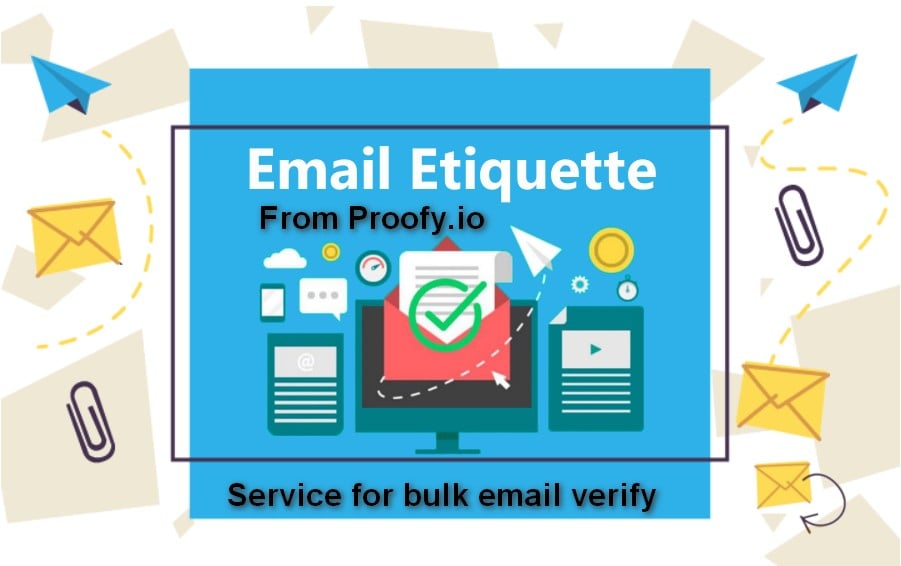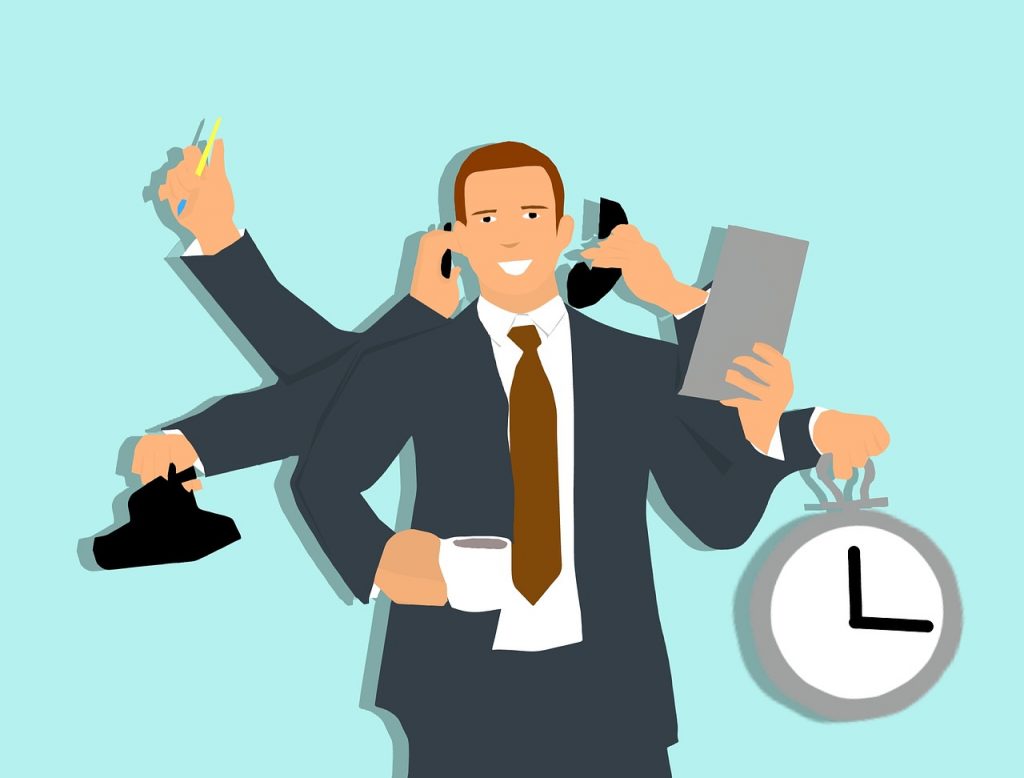
What is email etiquette?
I tried to find relevant email etiquette rules for 2020. And you know what? 90% of what I’ve found is complete nonsense, outdated for like 50 years. It feels like the authors of articles about email etiquette have been watching the Downton Abbey too much.
“Get 35% off and the chance to save your email base alive.
Remove risky, hard bounce, disposable, duplicates.”
Ask support
Writing emails in the style of 20th-century English lords is definitely a good idea, don’t you think so? (SARCASM)
If your target audience is Elizabeth II and her entourage – this is indisputable. But there’s a suspicion that you’re not just working for her. So this time I will refute the majority opinion.
These are my subjective thoughts, whether to accept them or not – it’s your call. But please note that times are changing, and with them, the mood of the target audience is changing too, as does the business email etiquette.
In general, in this article, we will discuss not only valuable (and logical) rules of etiquette but also a couple of tips from “experts”, which, in my opinion, it is better not to listen to. So here we have 4 email etiquette rules – 2 bad and 2 good.
“Bulk mailings they are suitable for those who like to tell stories. In your morning letter, you can describe something that happened to you the night before. This option is suitable for people who can write and send out such messages regularly. If you feel able to write letters every day, every week, every month, and do it year after year, you will not find anything better than mass mailings. We just recommend proper email etiquette.
Before sending any newsletter, be sure to validate your email database with free email verification“
“Remove dead mails that litter your database with Proofy”
Let’s check it
Bad email etiquette features
I’ve read, that God forbids you to use emails like [email protected]. Perhaps, English lords will faint seeing such blatant non-observance of the traditional values.
Sounds kind of plausible. But let’s think a little with our heads.
→ I am sure that you have often thought about how to increase the readability of your emails.
→ This can be achieved by reducing the number of your emails getting into spam.
→ As we know, most of the template letters similar to 100 thousand of the same get into spam.
What if the email comes from the address that doesn’t look like one of 9999 similar corporate emails? That’s right, it stands out from the general mass!
For example, a [email protected] email would be quite appropriate to use if you sell beer, or home Breweries, or even accessories to beer factories.
Bad advice: Use only super unambiguous, specific and understandable for an idiot email topics
You know, it feels like emails are written for robots, not people. “Write in the subject line clearly: “discount!”- I really found a lot of such tips over the internet.
Again, the question arises – why do we write emails at all? Often in order for people to read them and perform the action we need.
The fewer people read the letters (means, the lower the open-rate), the less we will earn.
Come on, do you guys often open emails with the “discount” subject? Especially when you have a dozen more in your inbox? I doubt it.
Since we’ve started a nice beer theme, let’s try to compare email themes such as
- «20% discount on blond ale”
And
- “How do you treat BLOND with 20% off”?
Which letter would you rather open?
That’s it.
For a second, I’m not in any way encouraging you to deceive customers by using email topics that don’t match their content. Themes like “70% off for 10k flat-screen TV” will probably boost your open-rate in the short term. But when it turns out that such a discount is valid for the purchase of 15 TV sets at once, how many people will then open your second letter?
In general, be reasonable 🙂
Good email etiquette
Most people like to laugh and make a joke, we for example in our startup Proofy we always welcome it. Emotions release is good for business.
But in email correspondence, if you decide to joke and write with sarcasm, consider all possible interpretations. Humor is perceived differently by each person, and you may accidentally offend the reader. In some cultures, what we find funny can be considered rude.
FYK: the representatives of highly contextual cultures (Japanese, Arabs, Chinese) prefer to know about a person before starting doing business with them.
On the other hand, representatives of low-context cultures (Germans, Americans, Scandinavians) prefer to quickly get down to business.
Good advice: Structure the letter so that it is easy to understand
For example, I try to do so in this article. I divide the text into short paragraphs of one or two sentences so that each thought is a separate clear piece of logic.
Also, if you want to go deeper, I advise you to read the summary of the Barara Minto’s book “Minto Pyramid”. This book will give you an understanding of not only how to write letters, but how to present your ideas to people in the most understandable format.
Anyway, don’t be afraid to conduct experiments!
The Proofy team wishes you good luck and proper communication with customers! 🙂
Tips on email etiquette improvement
Use proper spelling, punctuation, and grammar
First of all, pay attention to your text:
Don’t be surprised to be judged by the letters you write. For example, if a text is full of typos and grammatical errors, its author is characterized as sloppy, careless, and illiterate. Check the spelling, grammar, and structure of the entire email before clicking Send.
Keep it brief and to-the-point
Work letter is a short genre. Imagine how much time the recipient will have to spend to get to the bottom of the letter through lengthy arguments and abstract digressions. It is not necessary to write what was, what will be, and how the heart will calm down if this does not affect the decision of the issue. Take care of your own and other people’s time to go straight to the main thing.
Structure the letter so that it is easy to understand
Write on the principle of(Start with):
All foreigners and in General people love a compliment.
Then introduce yourself(who are You and what is it, but an employee from the company or a contractor or someone else)
The request starts with this offer,
Then a couple of words what do I Give or what do I Want?
Next, the format of the offer selection that I give in the form of a call that action, but the type of question.
Next, Thank You and signature.
Clear and understandable topic (Include clear, direct subject lines)
Most people view hundreds of emails in their Inbox every day, deciding what is worth their attention and what is not.
Required signature
Each email must include a signature that tells the recipient who you are and how to contact you.
Use a professional greeting
“Hello”, “yo”, etc. looks unprofessional, regardless of how well you know the recipient. Instead, use “Hello” or” Good Afternoon”.
Don’t be funny (Be careful with humor)
A bad sense of humor “read” via e-mail. What you find funny and funny the recipient may not understand or perceive as sarcasm.
The Recipient does not always know what it is about
Each email should be independent, even if it is a response to a whole chain of emails.
Reply to all emails
Give a timely and polite response to every letter addressed to you.
Email etiquette templates
One of the format for the message:
John Johnson is now working on a new partner program for his company. He proposed us to become his subcontractor on the project.
take note:
When the situation escalates — talk in person.
To filter, to structure, to select the information.
One letter is one thing.



